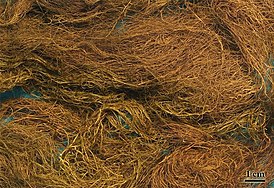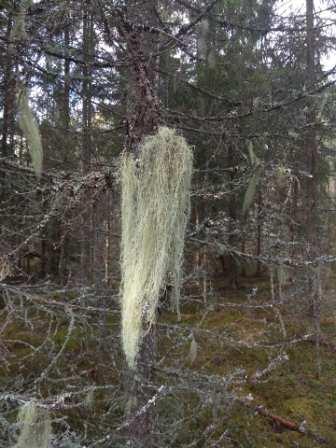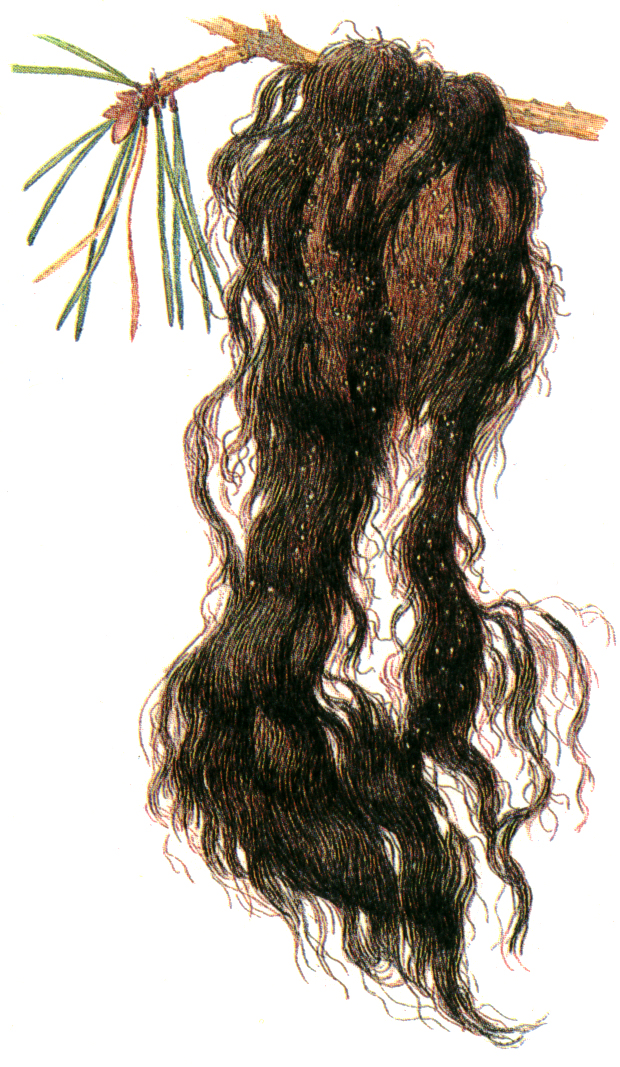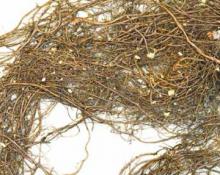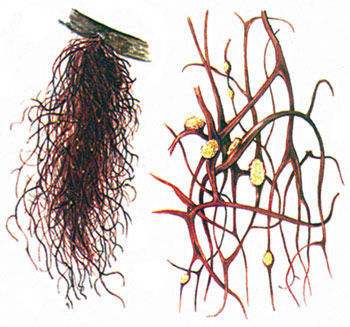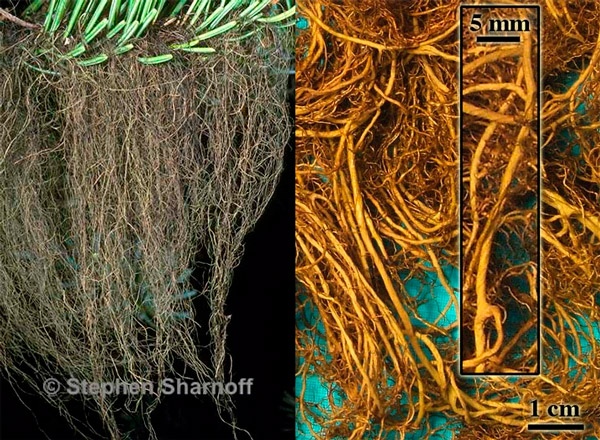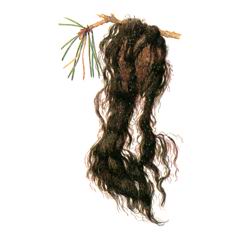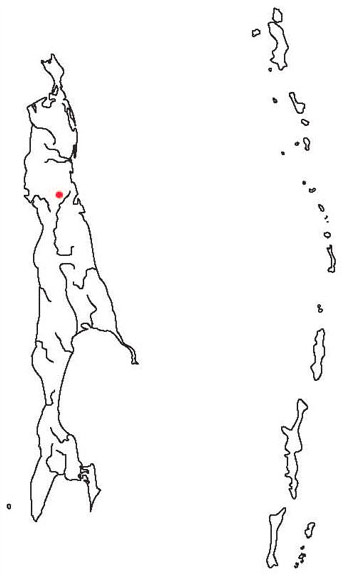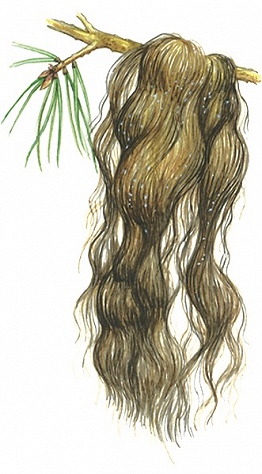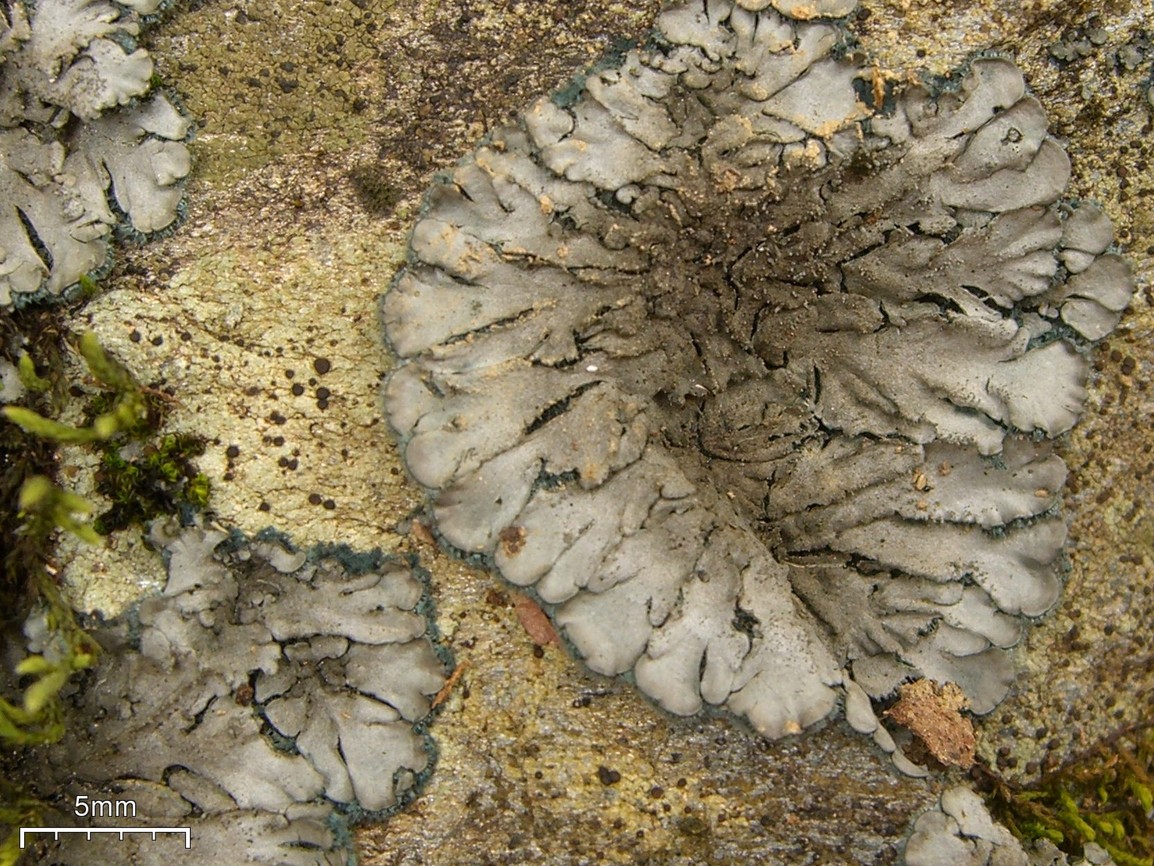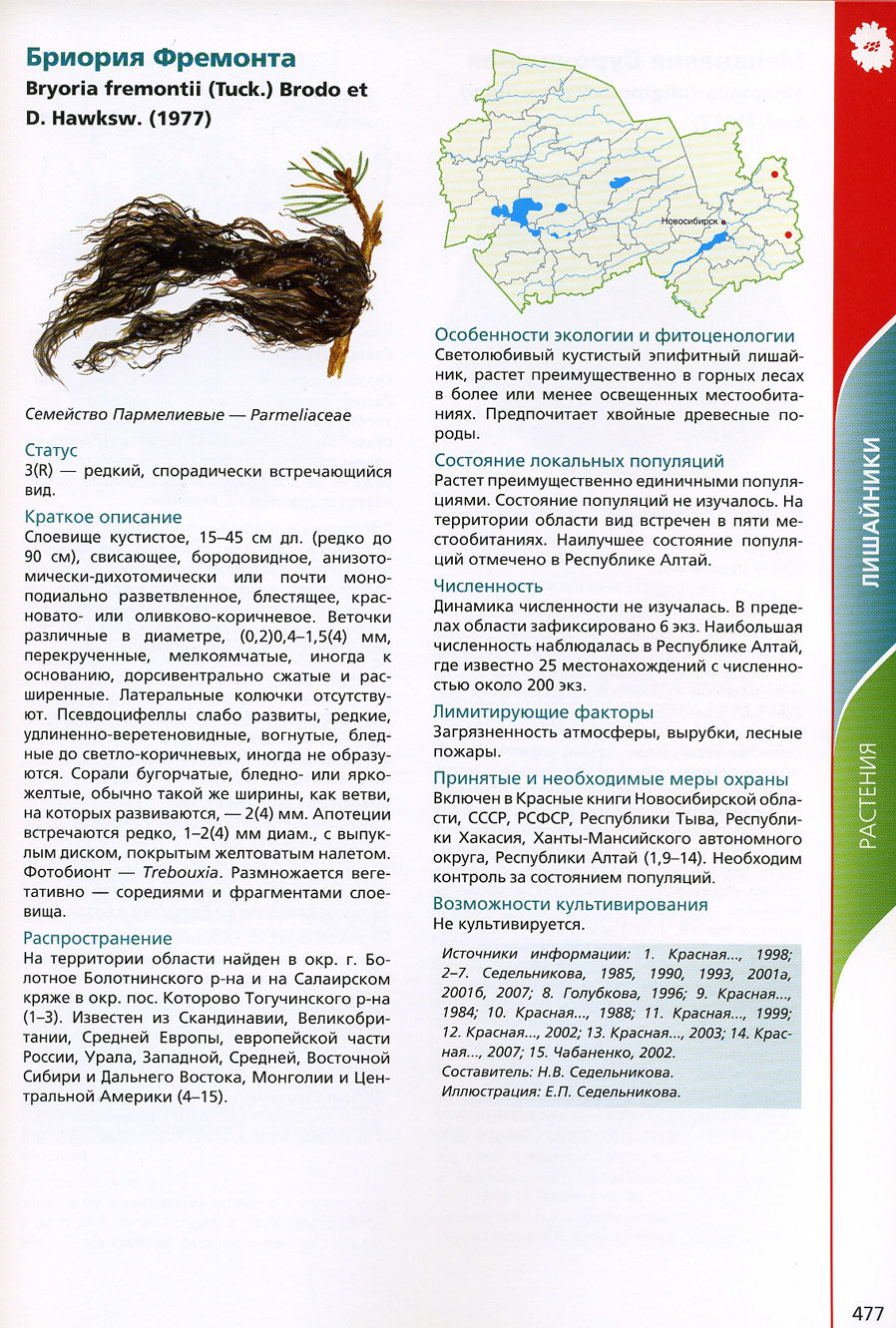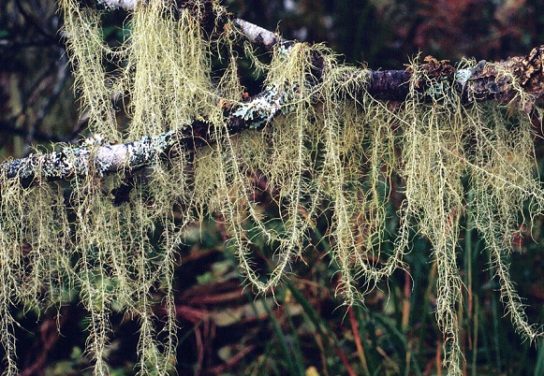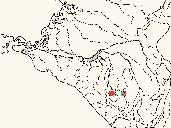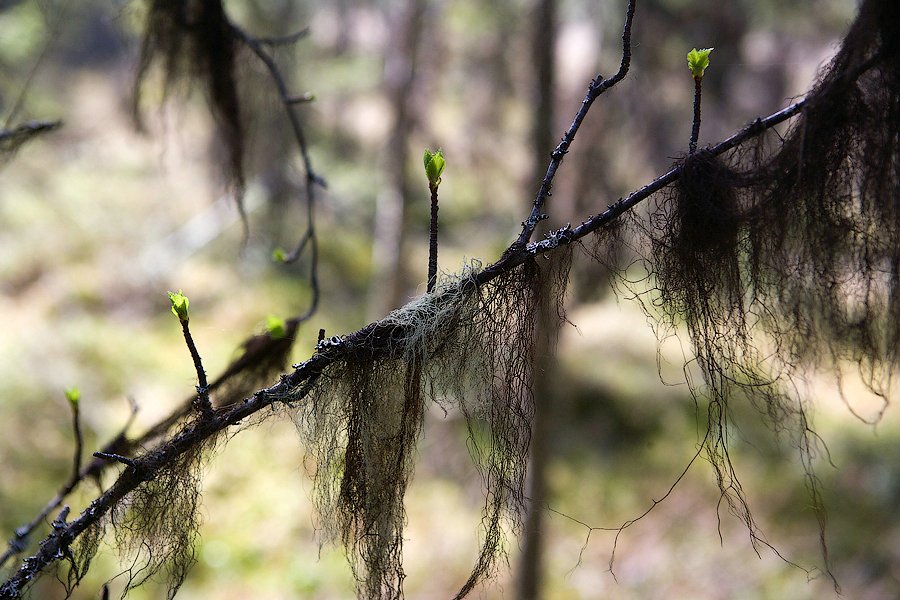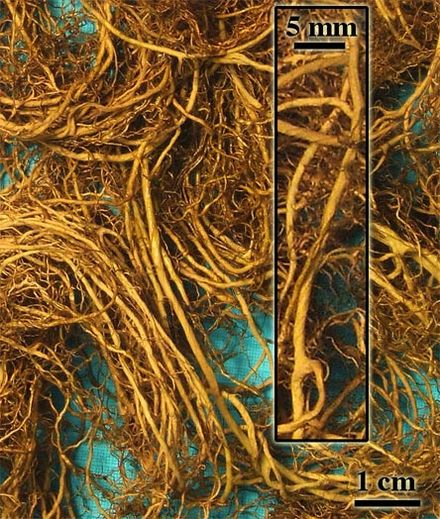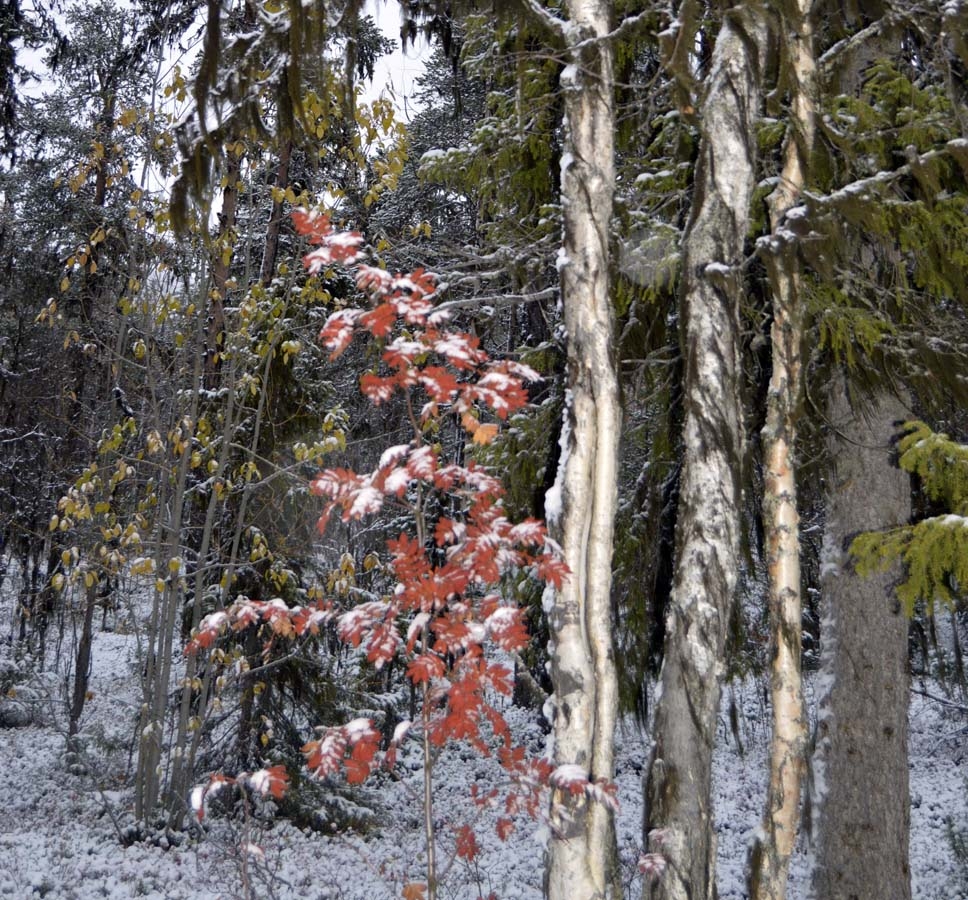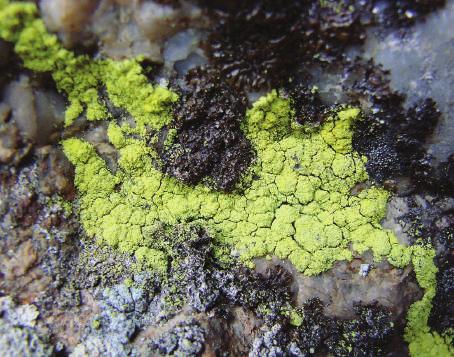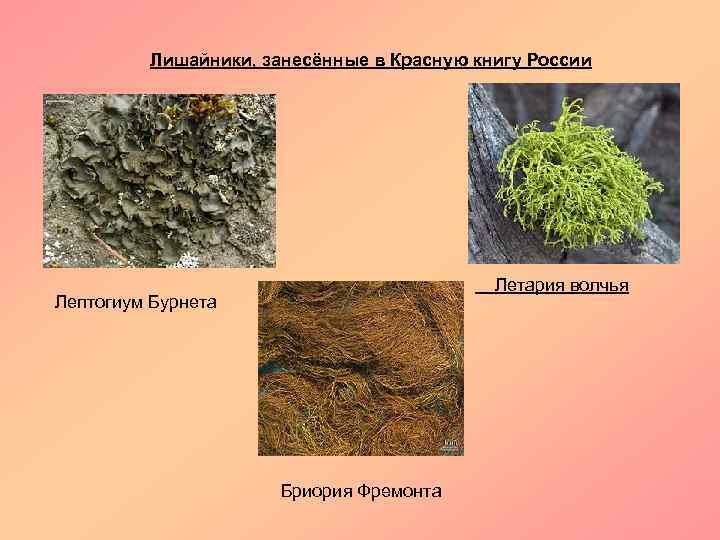Red Book view
Bryoria fremontii in the Red Book of the Russian Federation
Classification: Major groups> Fungi, lichens and fungus-like organisms> Ascomycota> Lecanoromycetes> Lecanorales> Parmeliaceae> Bryoria
| Taxon | Bryoria fremontii (Brioria Fremonta) |
| Russian name | Brioria Fremont |
Legal status
| Document | Application | date | Taxon number | Specified as | Status | Category | Additionally |
|---|---|---|---|---|---|---|---|
| On approval of lists (lists) of flora objects included in the Red Data Book of the Russian Federation and excluded from the Red Data Book of the Russian Federation (as of June 1, 2005) | 1 | 2005-10-25 | 591 | added |
Descriptions
| Edition | RV Kamelin et al (2008) Red Data Book of the Russian Federation (plants and fungi). M .: Partnership of scientific publications KMK 855 PDF |
| The taxon is listed as | Bryoria fremontii |
| Category | 3 b: Rare species. Sporadically distributed over large areas, confined to old-growth coniferous forests. |
| Morphological description | Thallus 10-50 (usually about 20-30) cm long. , beardly drooping, sometimes prostrate, mostly shiny, dark reddish brown or olive brown. Branches are long, unequal in thickness (0.4-1.5 (2) mm in diameter, sometimes up to 4 mm), twisted, slightly flattened, to strongly pitted, dichotomously branched. Thin, short, perpendicular branches occasionally extend from the main branches. Pseudocyphellae poorly developed, elongated to fusiform, white to pale brown. Sorales are lumpy, equal to or slightly wider than twigs, pale or bright yellow. Apothecia are very rare. Vegetative reproduction (with media), less often by spores. |
| Spreading | The main range covers the taiga zone of the Holarctic, where the species is found mainly in areas of growth of old-growth coniferous and mixed forests. In Russia, it is distributed in the Murmansk region. (1, 2), in the Republic of Karelia (3-7), in the Vologda region., Arkhangelsk region. (5), in the Komi Republic (8, 9), in the Sverdlovsk region. (10, LE), in Perm krai (11), in Sakhalin oblast: about. Sakhalin (12). Without exact data on the place of growth, it is given for Western and Eastern Siberia (13-15). Outside of Russia, it is found in foreign Europe, North and South America, and Mongolia (16, 17). |
| Lifestyle | Epiphytic lichen. It is confined to moderately humid communities of taiga (pine, spruce) forests. Prefers lighted habitats in old-growth coniferous massifs, where it grows on trunks and branches of pine and spruce, less often birch. Typical for natural, slightly disturbed forests, sensitive to anthropogenic influences. |
| Number | The absolute number is unknown. Occurs sporadically, often in natural undisturbed forests. State of local populations: Populations in Karelia, partly in the Murmansk region. and the Komi Republic are the most numerous and viable. Locations on Sakhalin (16) have not been confirmed by modern collections. |
| Limiting factors | Deforestation, forest fires, construction of communications, atmospheric pollution. |
| Security measures | The species was included in the Red Book of the USSR (1984), in the Red Book of the RSFSR (1988). Listed in the regional Red Data Books: Republic of Karelia (3), Novosibirsk region. (18), Komi Republic (19), Murmansk region. (20), Republic of Tyva, Republic of Khakassia (18), Sakhalin region. (12). Protected in the territories of reserves: Visimsky, Denezhkin Kamen, Kandalaksha, Kivach, Kostomukshsky, Laplandsky, Pasvik, Pechora-Ilychsky, Pinezhsky, Shulgan-Tash. Necessary measures: In habitats of the species with single indications (in the Middle Urals, in the Urals), it is necessary to create protected areas. |
| Links | 1. Dombrovskaya, 1970b; 2. Petrova, 2000; 3. Red Data Book of the Republic of Karelia, 1995; 4. Fadeeva et al., 1997; 5. Kravchenko, 2003; 6. Gimelbrant et al., 2001; 7. Tarasova, 2001; 8. Hermansson, Kudryavtseva, 1997; 9. Hermansson et al. 1998; 10. Ryabkova, 1998; eleven.Shkaraba E.M., personal communication; 12. Red Data Book of the Sakhalin Region, 2005; 13-15. Sedelnikova, 1985, 1990, 2001b; 16. Brodo, Hawksworth, 1977; 17. Keys to lichens of Russia, 1996; 18. 2003 * Russia * Red List ..., 2004; 19. Red Book of the Komi Republic, 1998; 20. Red Data Book of the Murmansk region, 2003. |
| Compilers | I.N. Urbanavičienė. |
Areas of growth of Fremont briory.
This species is found in Central Europe and Asia. Fremont's briory also grows in North America. These mushrooms settle on the trunks and branches of coniferous trees. Most often they are found in well-lit places, as shrub lichens love light.

Fremont briory reproduces in a vegetative way - with the help of media and fragments.
The abundance of the Fremont briory species.
The exact number of the species has not been studied, but the Fremont briory may be threatened with extinction due to atmospheric pollution, forest fires and tree felling.
The bushy lichen is included in the Red Book of the RSFSR. The species is under state control.
Related species.
Brioria brownish is also a rare species of lichens. His body is bushy, hanging, 5-15 centimeters long, branched from the base. The color is pale brown or brownish brown. The branches are most often straight, but sometimes twisted.

Brioria brownish is a multi-regional species. This lichen is rarely found in the Arctic. It grows in coniferous and deciduous forests. Brioria is brownish sensitive to air pollution.
Brioria bicolor - bushy lichen. At the base, it is dark brown or black, and the upper part is light brown or olive. Its height reaches 4 centimeters. The branches are rounded and slightly compressed at the base. The branches have a large number of thorns.

Brioria bicolor grows in Europe, Asia, Africa and North America. In Russia, these lichens are found in the Murmansk region, Karelia, the Caucasus, the Urals, the Far East and Siberia. They grow in mountain tundra, on rocks and mossy stones, less often they are found on the bark of trees.
In many Russian regions, this lichen is under protection, for example, it is listed in the Red Data Books of Kamchatka, Buryatia and the Murmansk region.
Mushrooms listed in the Red Book
In the publication dedicated to the Perm Territory, there are several types of endangered mushrooms, including edible ones:
Brioria Fremont

Edible lichen of unusual shape. Grows on the trunks of coniferous trees. Thallus is up to 30 cm long, reddish-brown in color.
Cordyceps capitate
It resembles a match in appearance, is often found underground, but grows in tight groups on the surface. The ball-shaped head is brown in diameter up to 1 cm.
Lacquered polypore
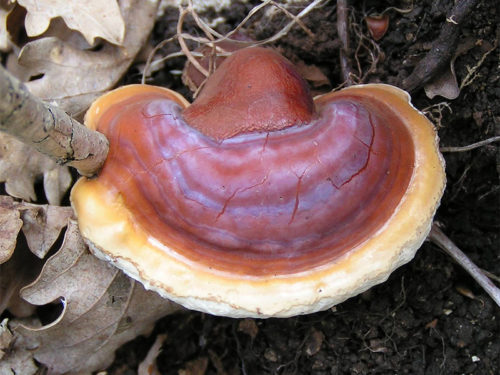
Annual plant with caps of smooth texture, shiny, brown-beige color. Dense pulp, tasteless and odorless.
Milkweed mushroom, or spurge
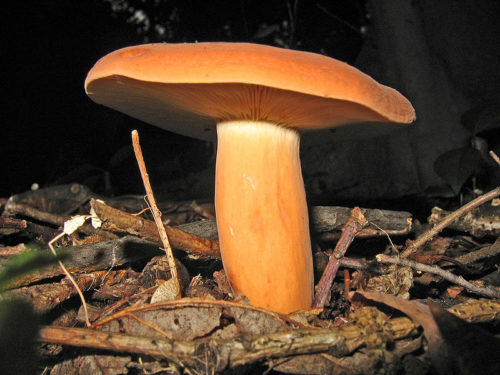
The cap reaches 10 cm in diameter, lowered edges, grows singly or in groups. The color can be brownish red or bright yellow. On the cut, the flesh is white, under the cap there is an even "accordion" of a light shade.


